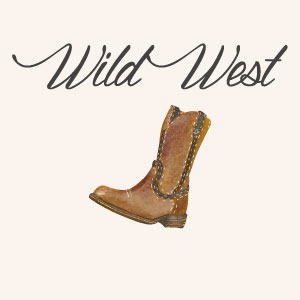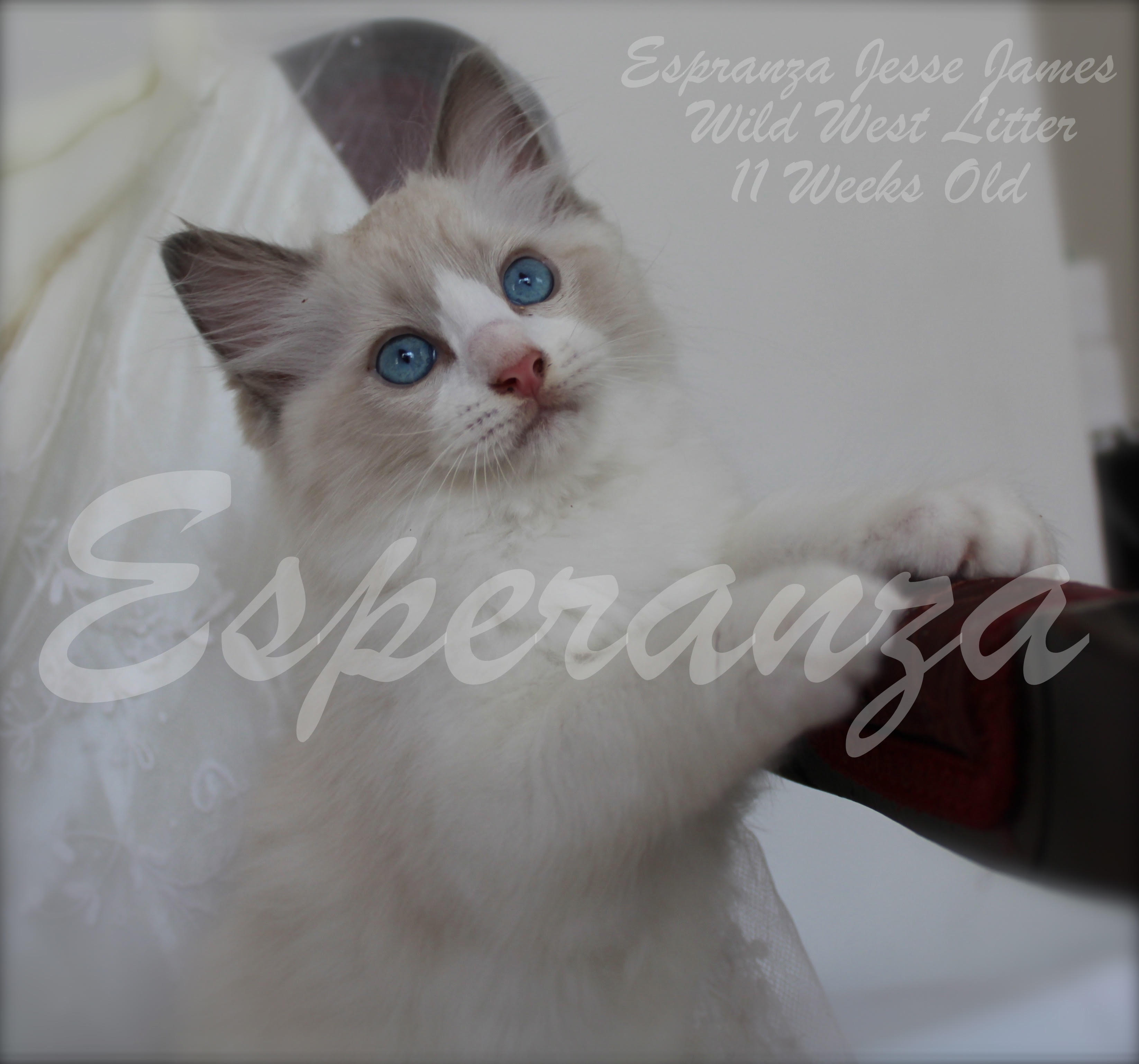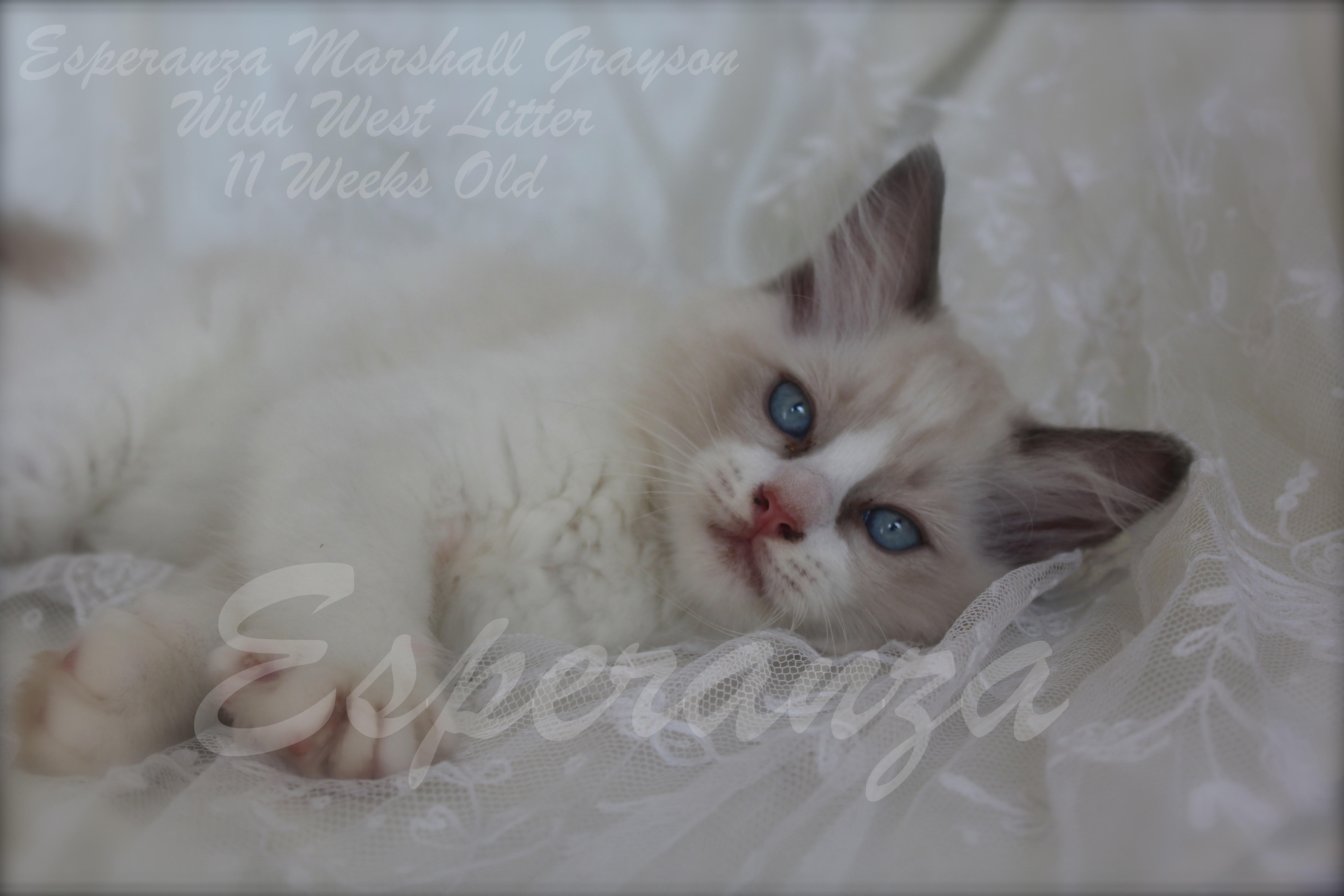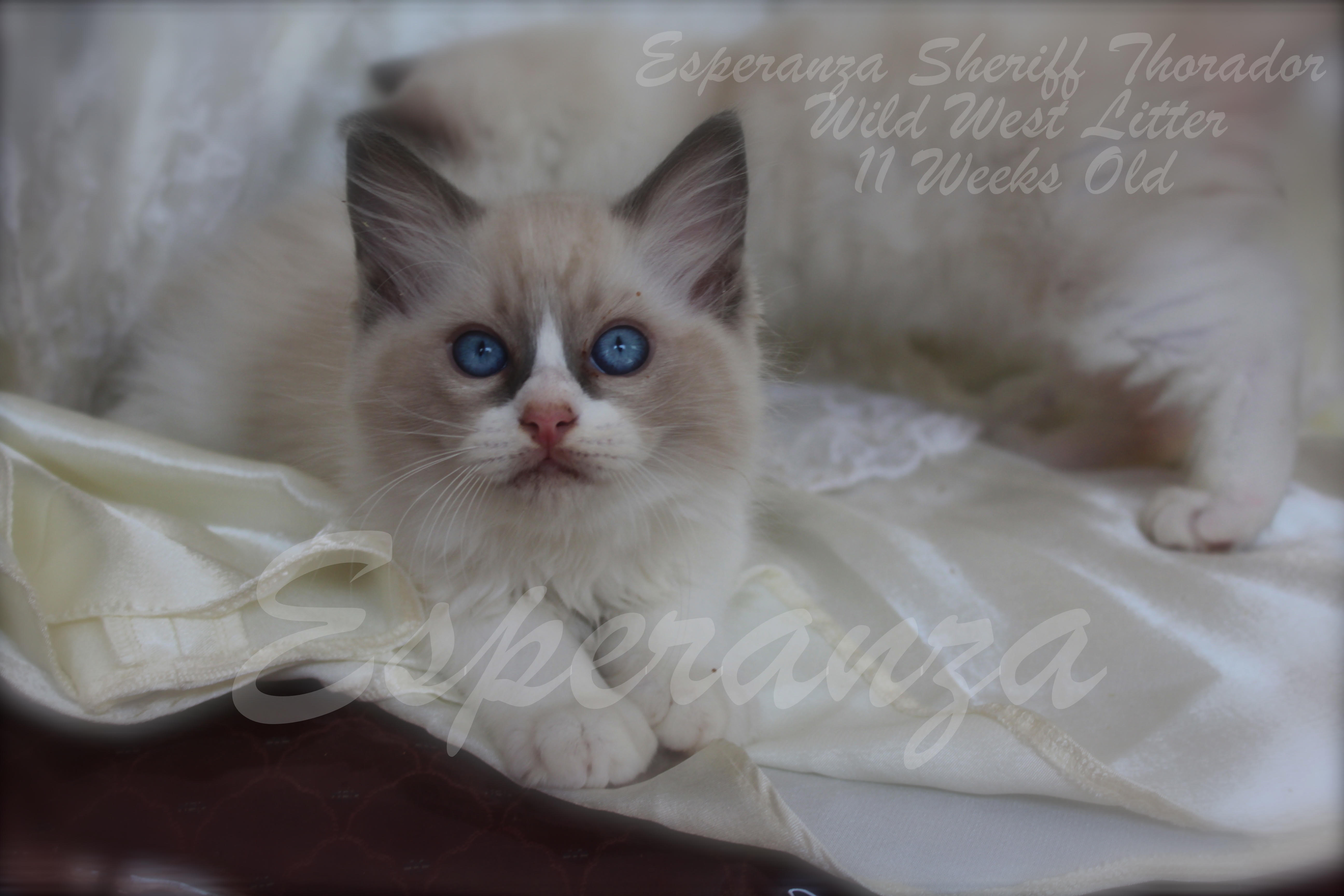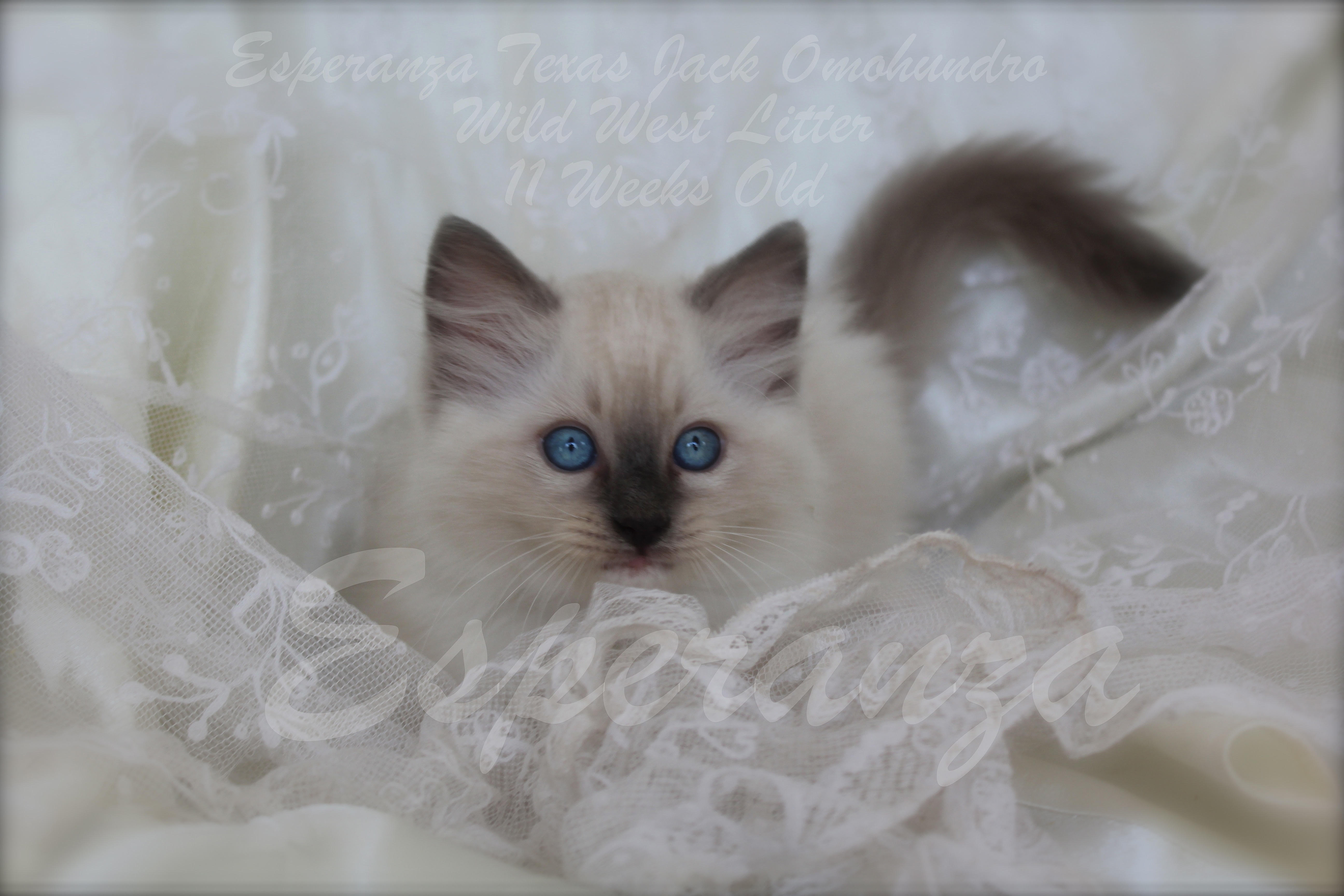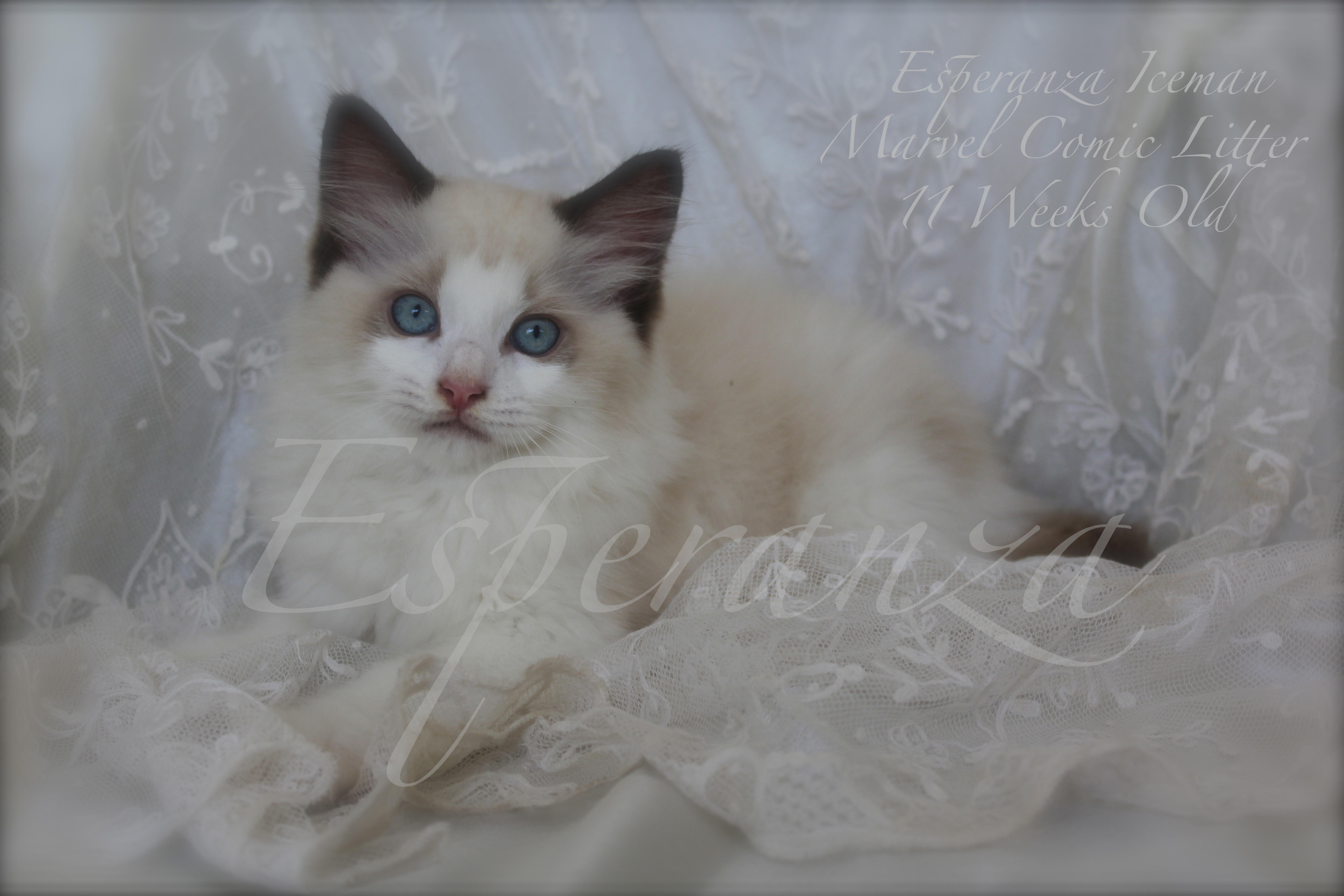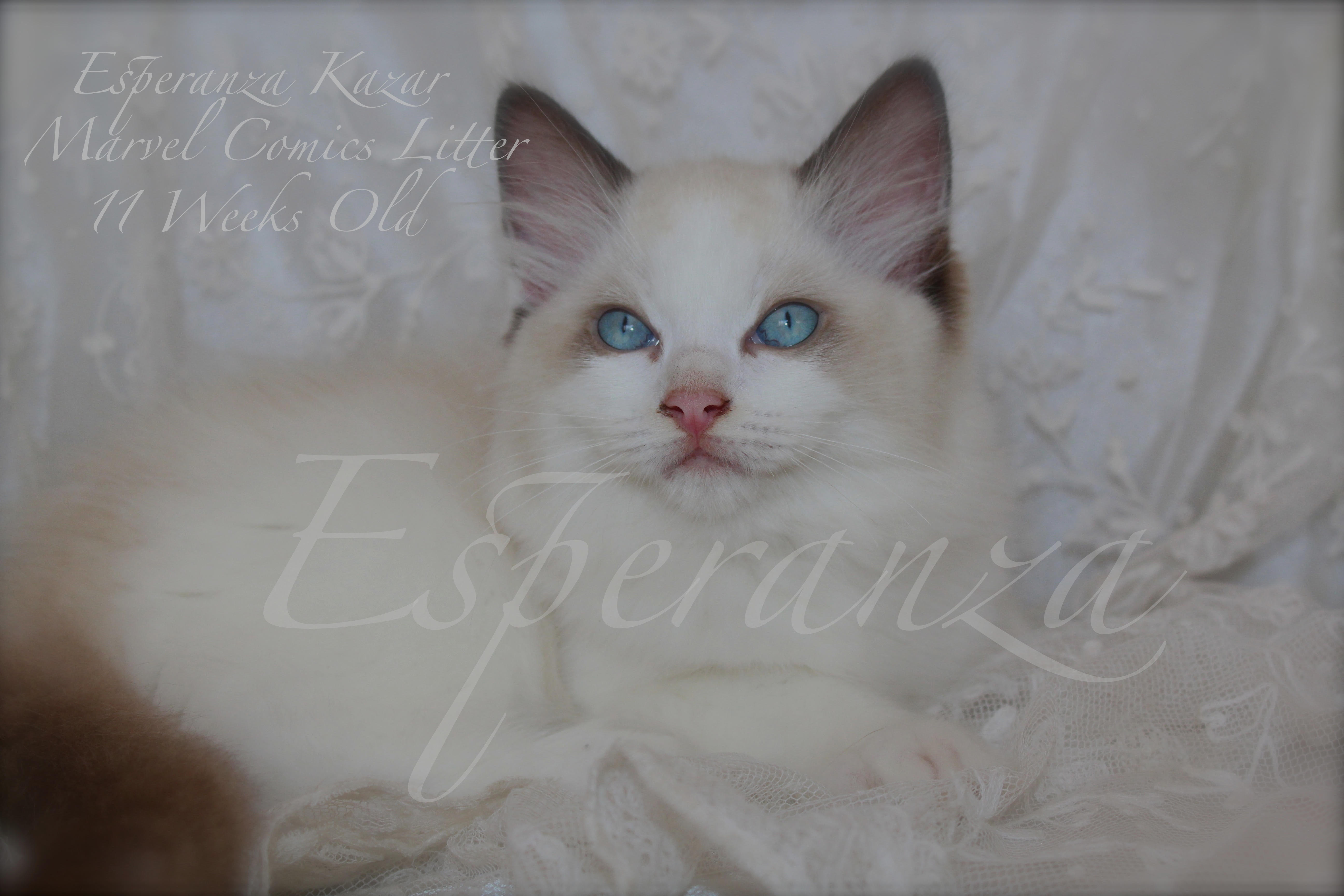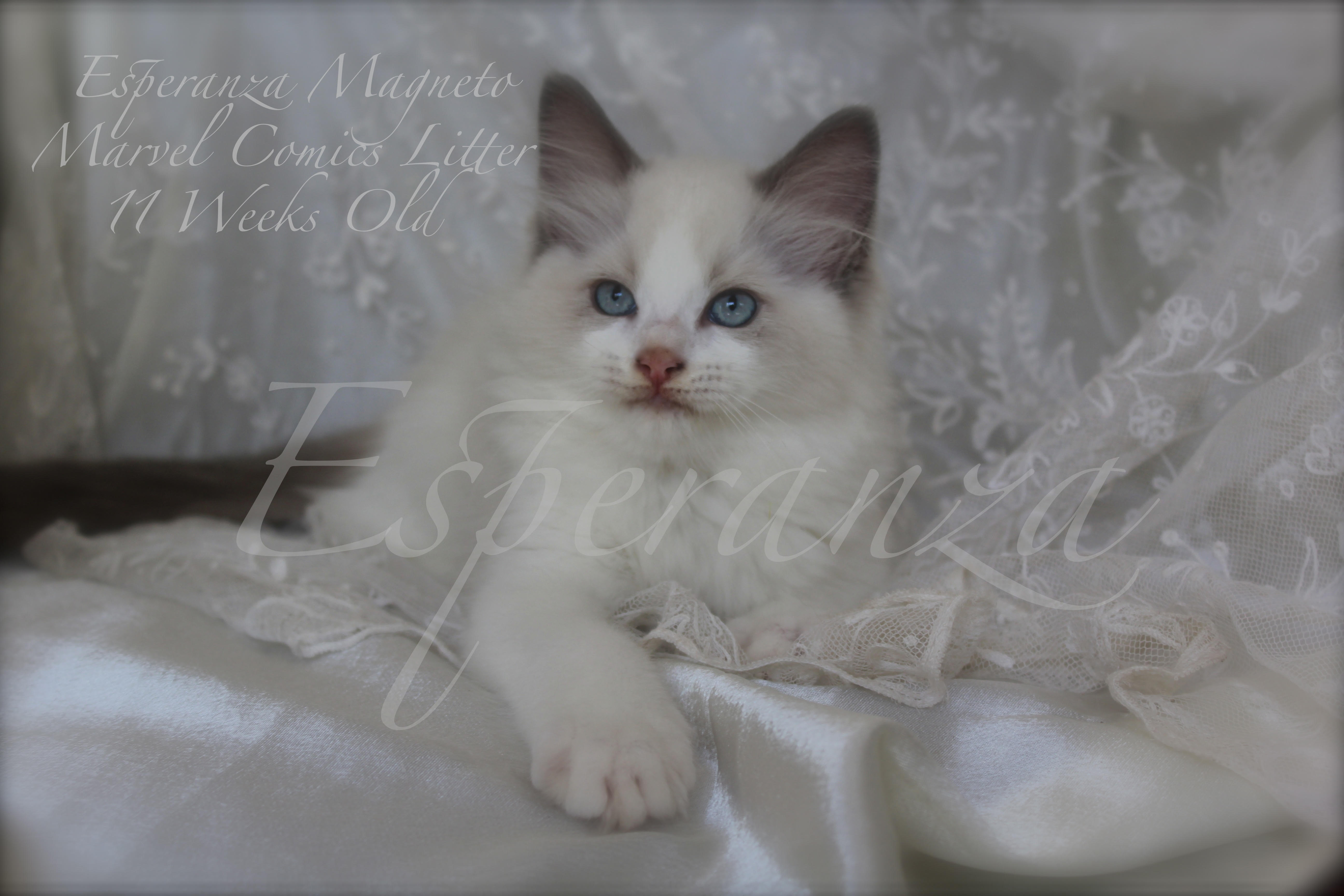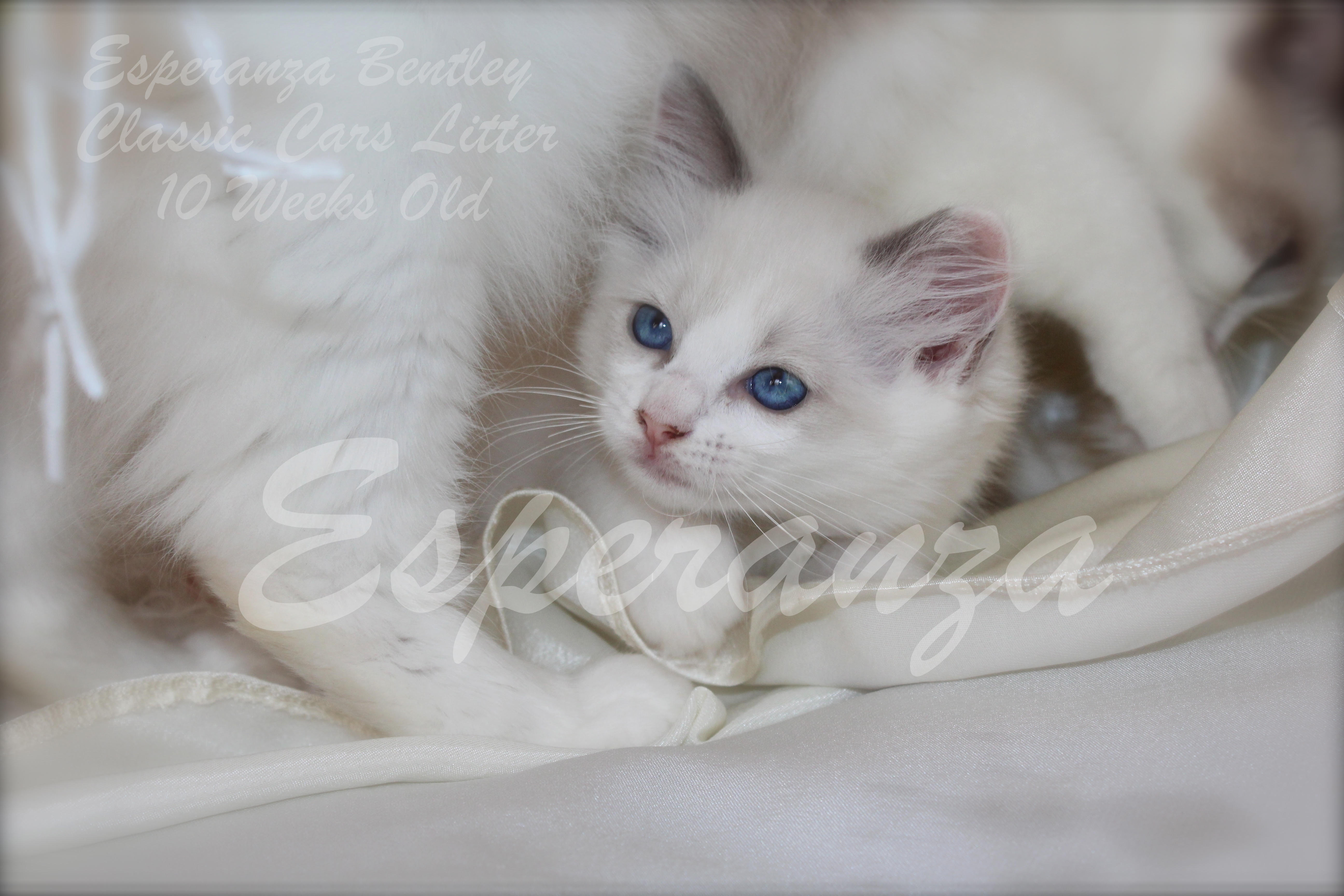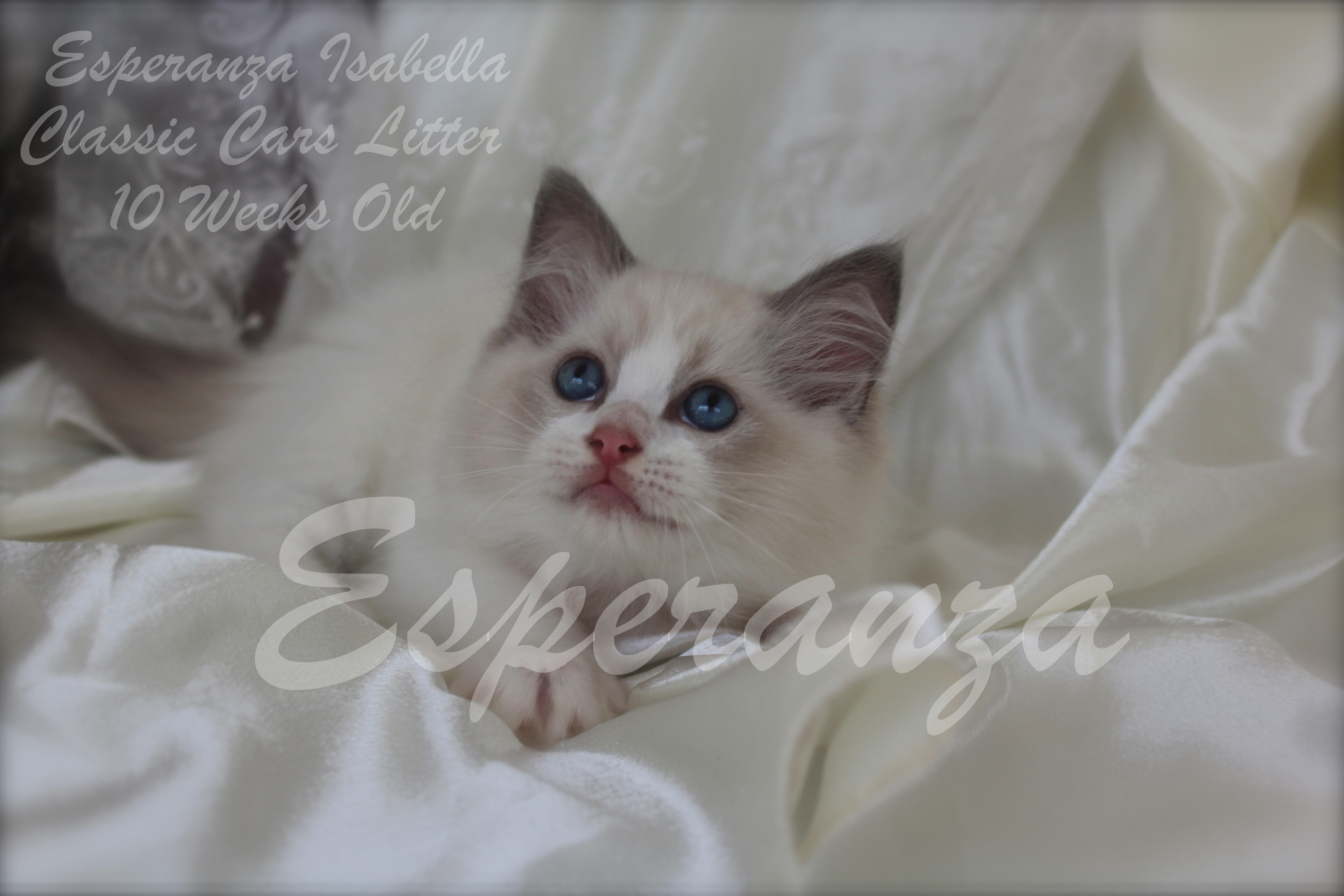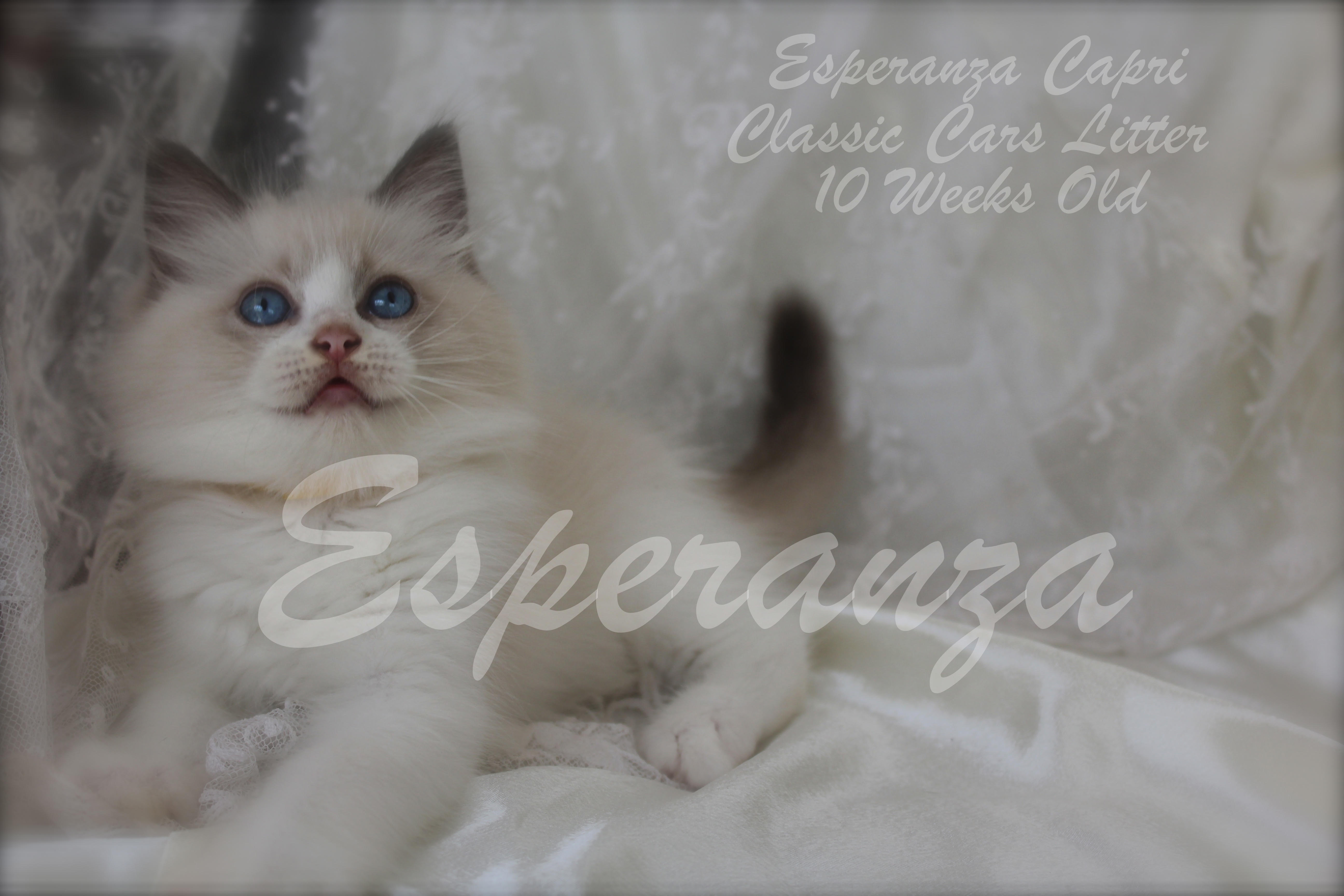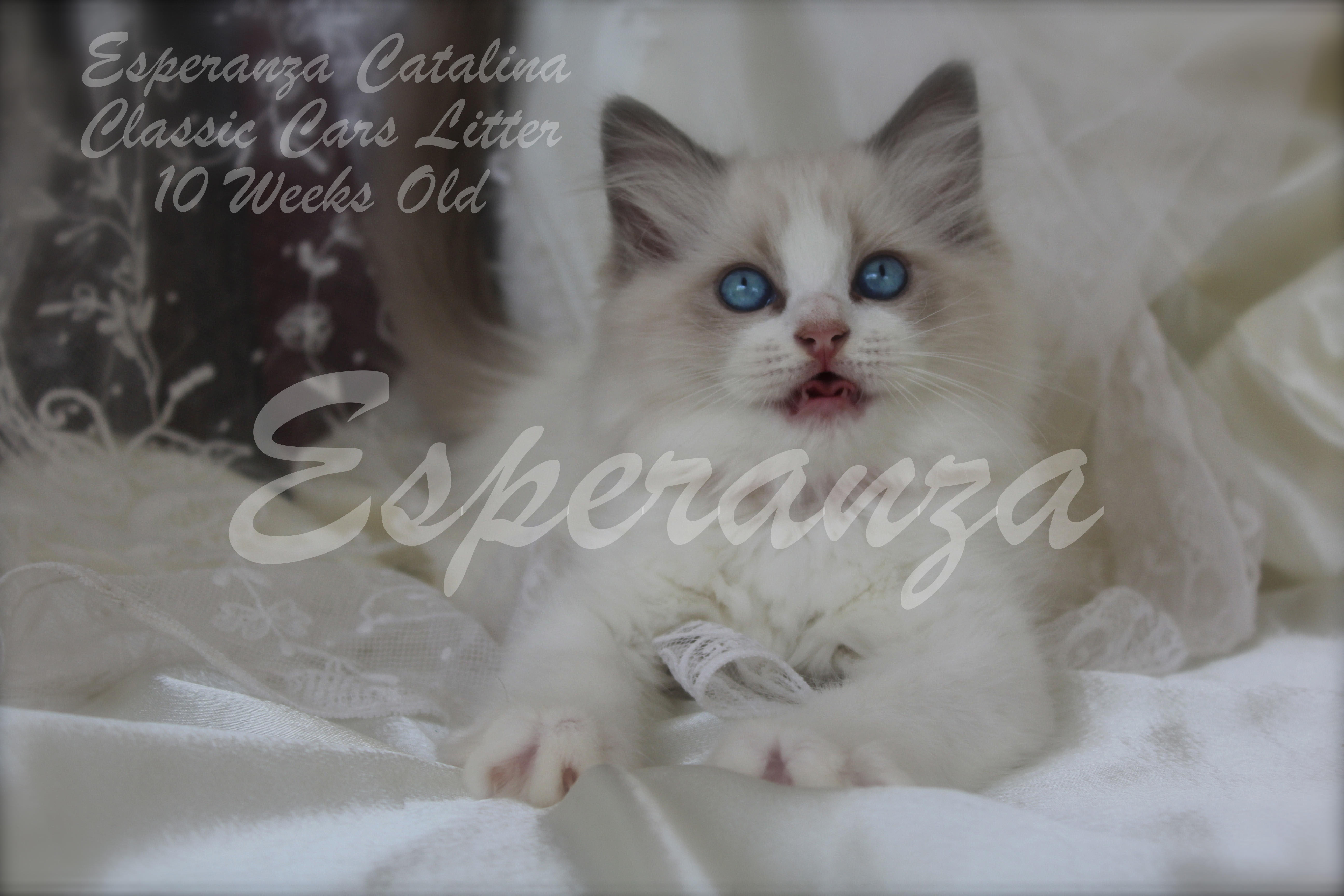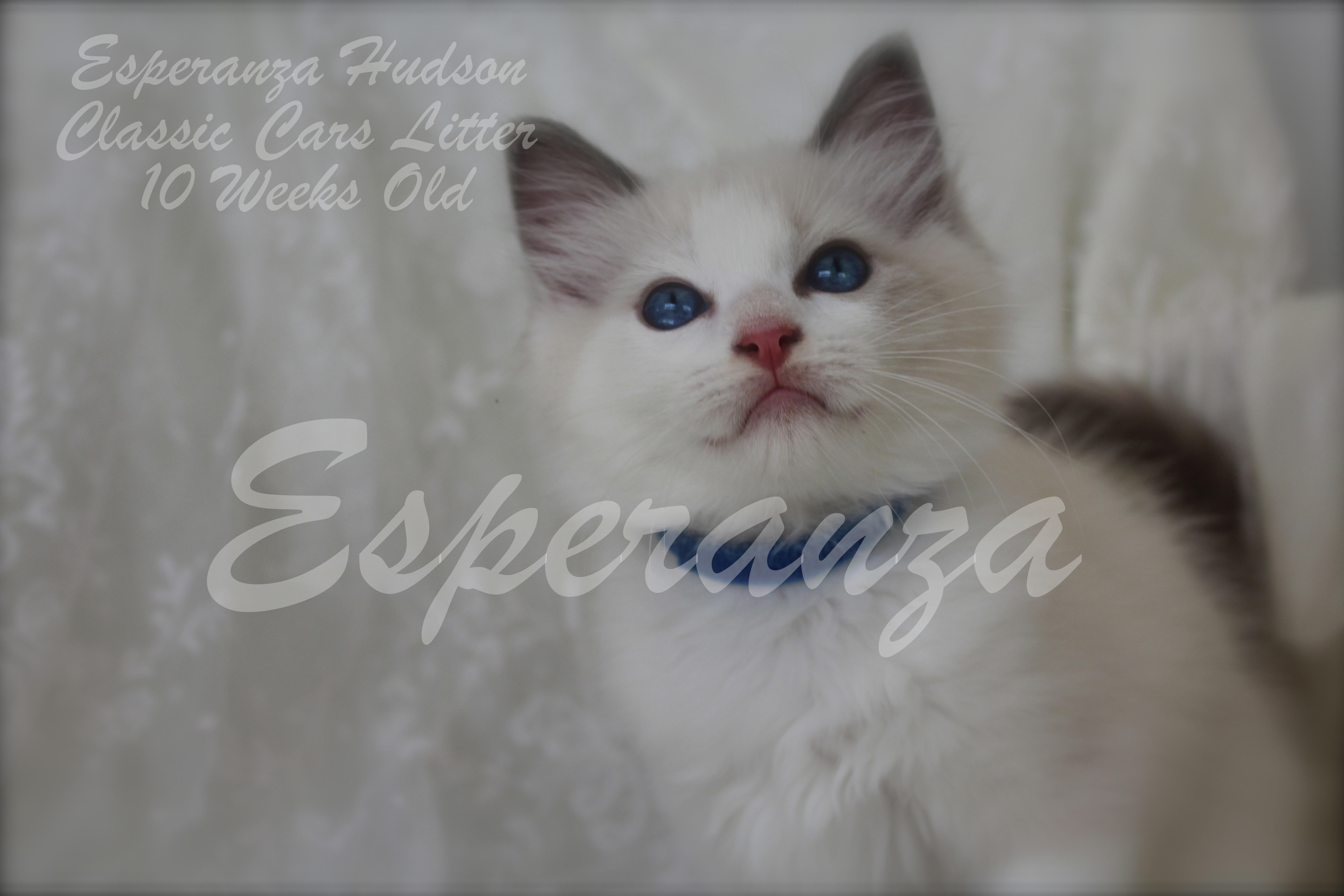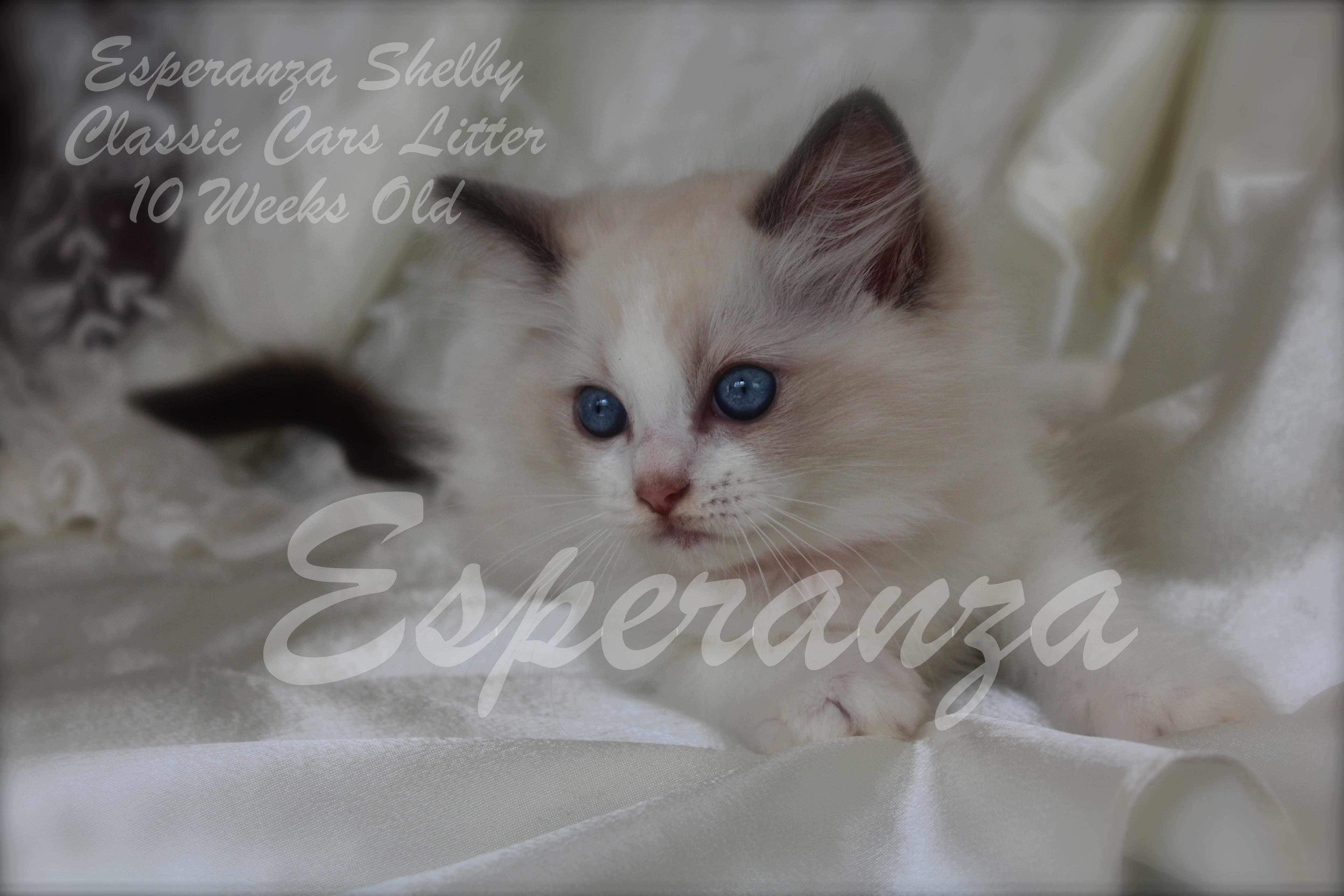About Ragdoll Cats
Wild West Litter
Marvel Comics
Classic Cars
Wild West Litter
Marvel Comics
Classic Cars
Wild West Litter
Marvel Comics
Classic Cars
Wild West Litter
Marvel Comics
Classic Cars
Wild West Litter
Marvel Comics
Classic Cars
Wild West Litter
Marvel Comics
Classic Cars
Wild West Litter
Marvel Comics
Classic Cars
Wild West Litter
Marvel Comics
Classic Cars
Wild West Litter
Marvel Comics
Classic Cars
Wild West Litter
Marvel Comics
Classic Cars
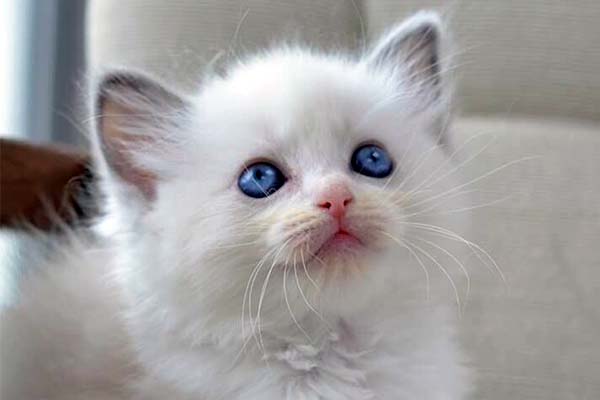
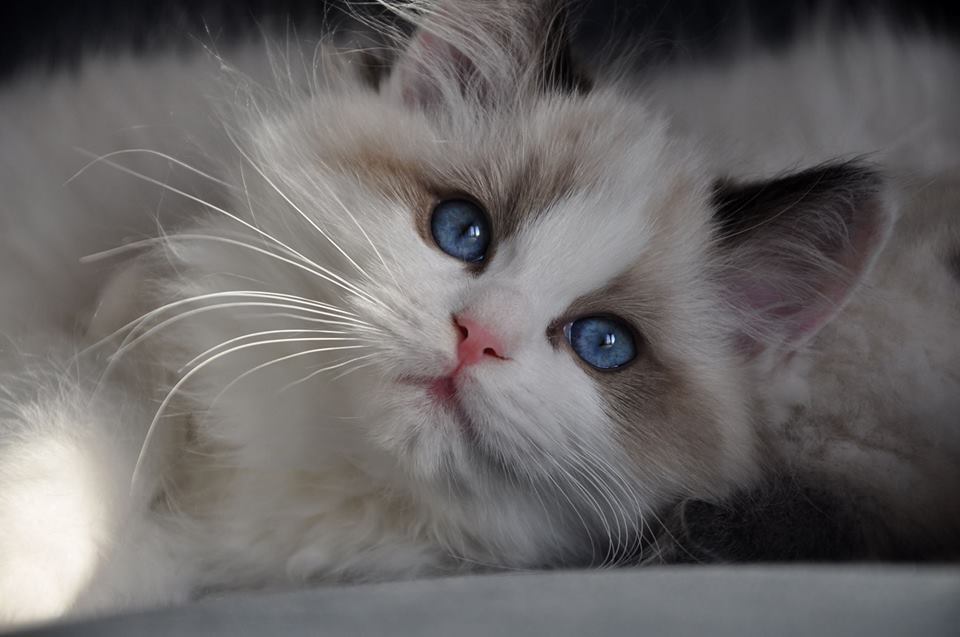
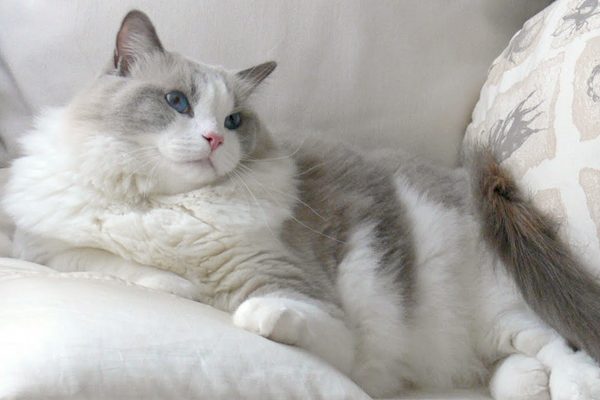
The Ragdoll generally has a warm and loving temperament, wanting to be around their humans all the time, almost to the extent of having a personality that is puppy-like in nature, wanting to know “what are you doing?” and “can I join in?” They are large, heavy cats and are unusually quiet only becoming vocal at meal times. On average a male can weigh between 6.5 and 10kgs and a female around 3.5 to 5.5kgs. They can take up to two years to mature in colour and four years to mature in size. They are great family cats and are laid back, sweet-natured and love to be cuddled. Their coats are soft and silky like that of a rabbit. They do shed but not as much as other semi-long haired cats do. A brush is needed once or twice a week to get rid of any excess fur and they love the attention.
Ragdolls are easily trained to walk on a lead in a harness as they are strictly INDOOR CATS. Because of their innocent and sweet trusting nature they tend not to defend themselves against predators and will generally engage any person or any animal. The Ragdoll cat is a pointed cat with beautiful blue eyes. Like other pointed breeds such as the Colour Point Persian and Siamese, Ragdoll kittens are born all white and slowly develop their colour which continues to deepen as the cat ages. This is due to the albino gene in play where colour is activated by cooler temperatures outside the womb. The traditional patterns are Colour Point, Mitted and Bi-Colour. The non-traditional are the Tabby Point, Tortie Point (also Calico Pointed) and Torbie Point.
TRADITIONAL PATTERNS
The ‘Colour Point’ has darker points (ears, tail, face and feet) with a body of a lighter shade. The nose and paw pads match the point colour and they do not have white markings although the pale body colour appears white on some cats.
The ‘Mitted’ has darker points and lighter body like the colour point, but also have white mitts on the front paws and white boots on the back legs and feet, a white chin, a whit strip on the stomach and a white mane.
The ‘Bi-Colour’ has darker points (ears and tail), but the mask is interrupted by an inverted “V” running between the eyes and expanding into the muzzle. The body colour forms a saddle on the cat’s back and the remainder of the cat is white. The nose and paw pads are pink.
NON-TRADITIONAL PATTERNS
The ‘Tabby’ shows dark stripes in body colour in addition to one of the patterns and colours of the traditional coat. The inside of the nose is brick coloured. A speciality of the Tabby Point is that they can unite two patterns.
The ‘Tortie’ is sex-specific and appear in females only. If a red ragdoll and a seal or blue ragdoll are bred some of the female kittens may have the tortie pattern. Torties can show up in the Colour Point, Mitted and Bi-Colour varieties (inclusive of the Calico).
The ‘Torbie’ is the description for a cat that unites the Tortie and Tabby markings.
COLOURS
The traditionally recognized colours are Seal, Chocolate, Blue and Lilac. The non-traditional colours that have been bred are ‘Red, Mink, Cream and the rare White.’ The ‘Seal’ has dark seal brown points with a light tan body colour. The ‘Chocolate’ has milk chocolate points with an ivory body colour. The ‘Blue’ has dark grey points with a pale grey body colour. The ‘Lilac’ has pinkish grey points with a frosty white body colour. The ‘Red’ has points in red orange colour, the body is cream with a touch of red. Colour points show a pink nose which can be freckled and pink paw pads. The ‘Cream’ has points in a pale cream colour, the body is completely white. The nose and paw pads are pink. The ‘White’ is extremely rare as the entire cat is pure white and you will only breed these if one of the parents is white. The white masks the cat’s point markings like “Tippex” making the cat appear solid white so that the points are hidden.
Wild West Litter
Marvel Comics
Classic Cars
Wild West Litter
Marvel Comics
Classic Cars
History of Ragdoll Cats
The origins and development of the Ragdoll breed is difficult to establish and is somewhat shrouded in myth. Ragdolls were originated by Ann Baker, a breeder in California, USA in early 1960. It is believed that a white Persian-Angora like cat named Josephine with outcrossings to Birman-like and Burmese-like cats started it all. Back then, Ann advertised widely and mailed out literature promoting the breed to cat-lovers nationwide. Early publicity spread like wild fire and the breed quickly became an object of controversy. Baker’s breeding programme consisted of a handful of breeders contracted under her. She was paid a royalty fee for every kitten sold. As time went on, Ann Baker’s statements and claims about the breed became strange, supernatural and very hard to believe. She publicised statements outlining how Ragdoll cats have human genes in them, that they were immune to pain & that they represent a link between us and space aliens. The breeders once loyal to her were now having doubts about how to develop the breed without losing the integrity that these wonderful cats deserve. Because of this, several breeders broke off from Ann and continued breeding Ragdolls for what they are – highly affectionate companions – with a lot of love to share with humans. Denny Dayton was an instrumental figure in the history & development of the breed. After he broke away from Baker, he fought hard to make the breed legitimate and acceptable by cat fanciers’ standards. Dayton succeeded and in 1967, the Ragdoll breed was first recognised in the United States. Dayton is the originator of RFCI (Ragdoll Fanciers Club International) the most reputable and highly respected Ragdoll cat registry in the world. Dayton also worked very hard to get the breed recognised by TICA. In 1971, Baker created her own cat registry & association known as IRCA (International Ragdoll Cat Association). Since then, she has been in bitter debate about how only her Ragdolls are legitimate and the rest are fake. Today there are over 500 breeders worldwide and the Ragdoll breed stands on solid ground, despite its controversial early years and development. Credit: http://www.ragdoll-cats.com/history.htm
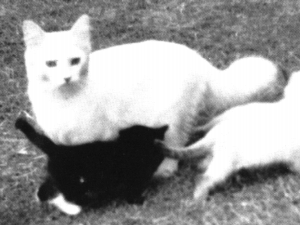
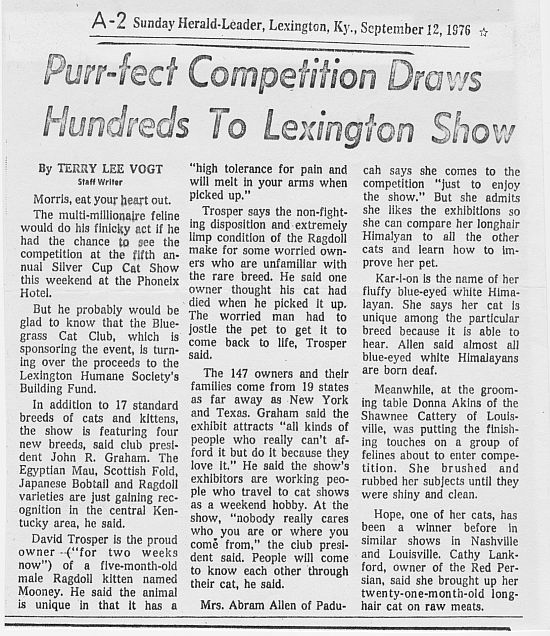
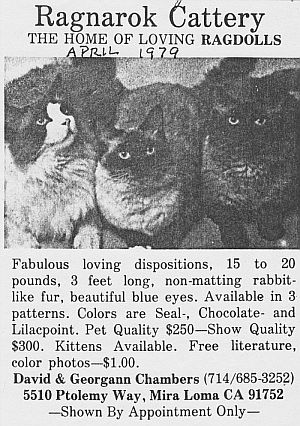
Read more about Ragdoll history
Some interesting data from the Ragdoll Historical Society.

